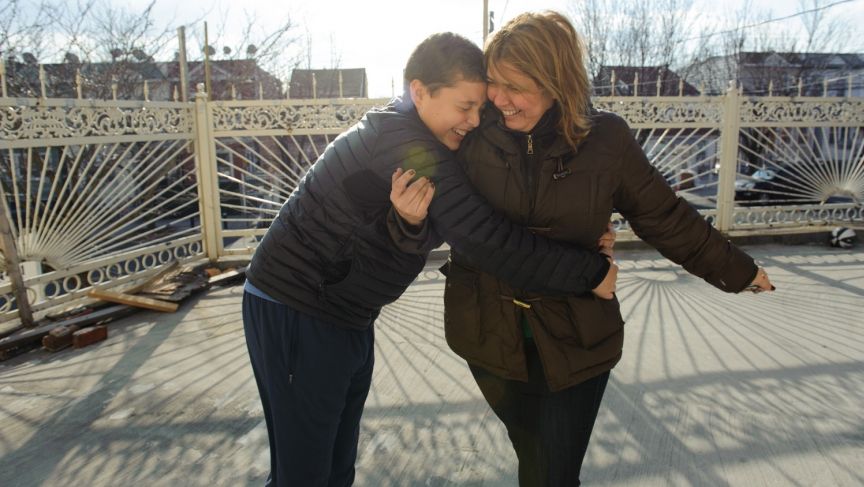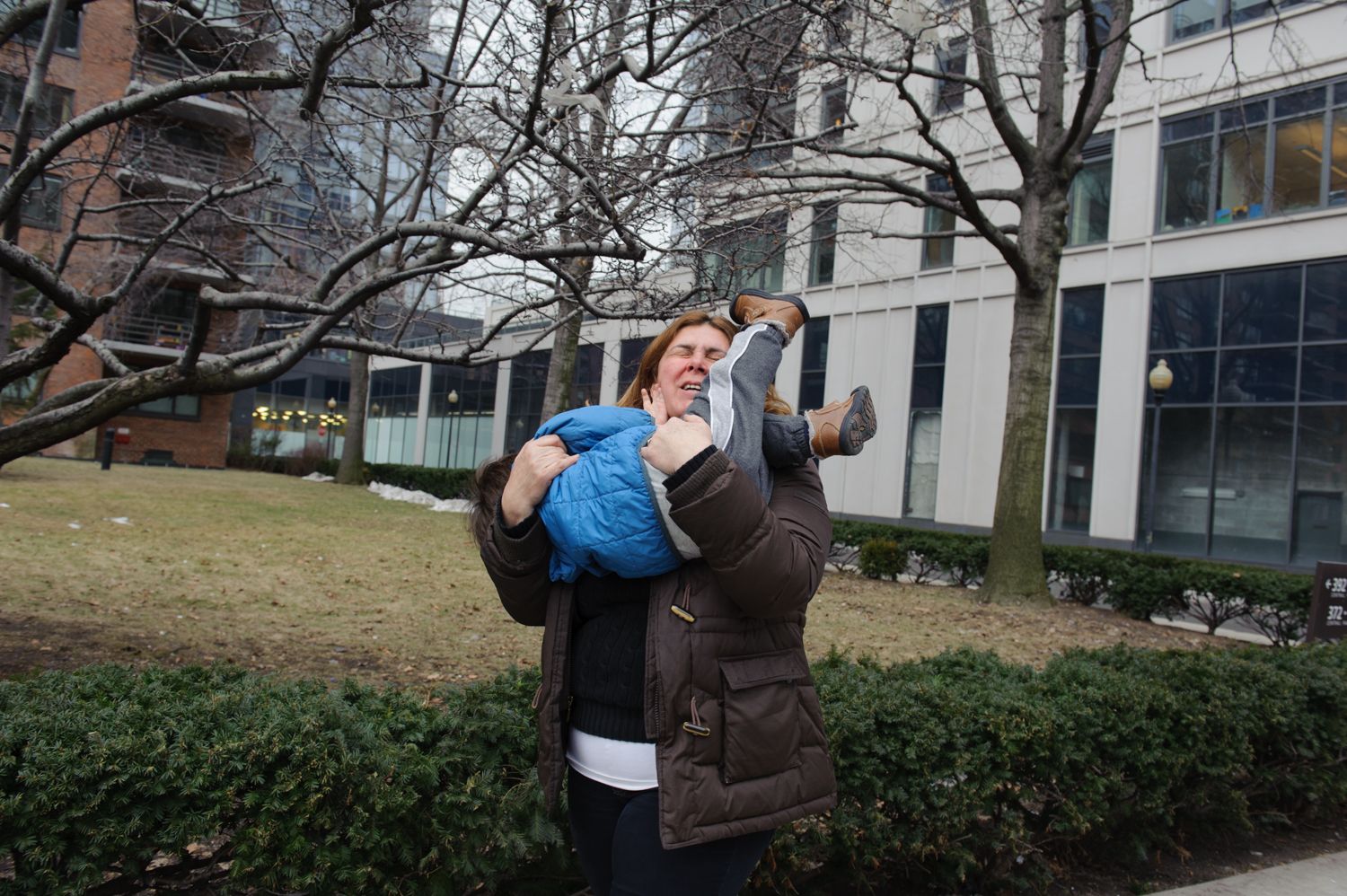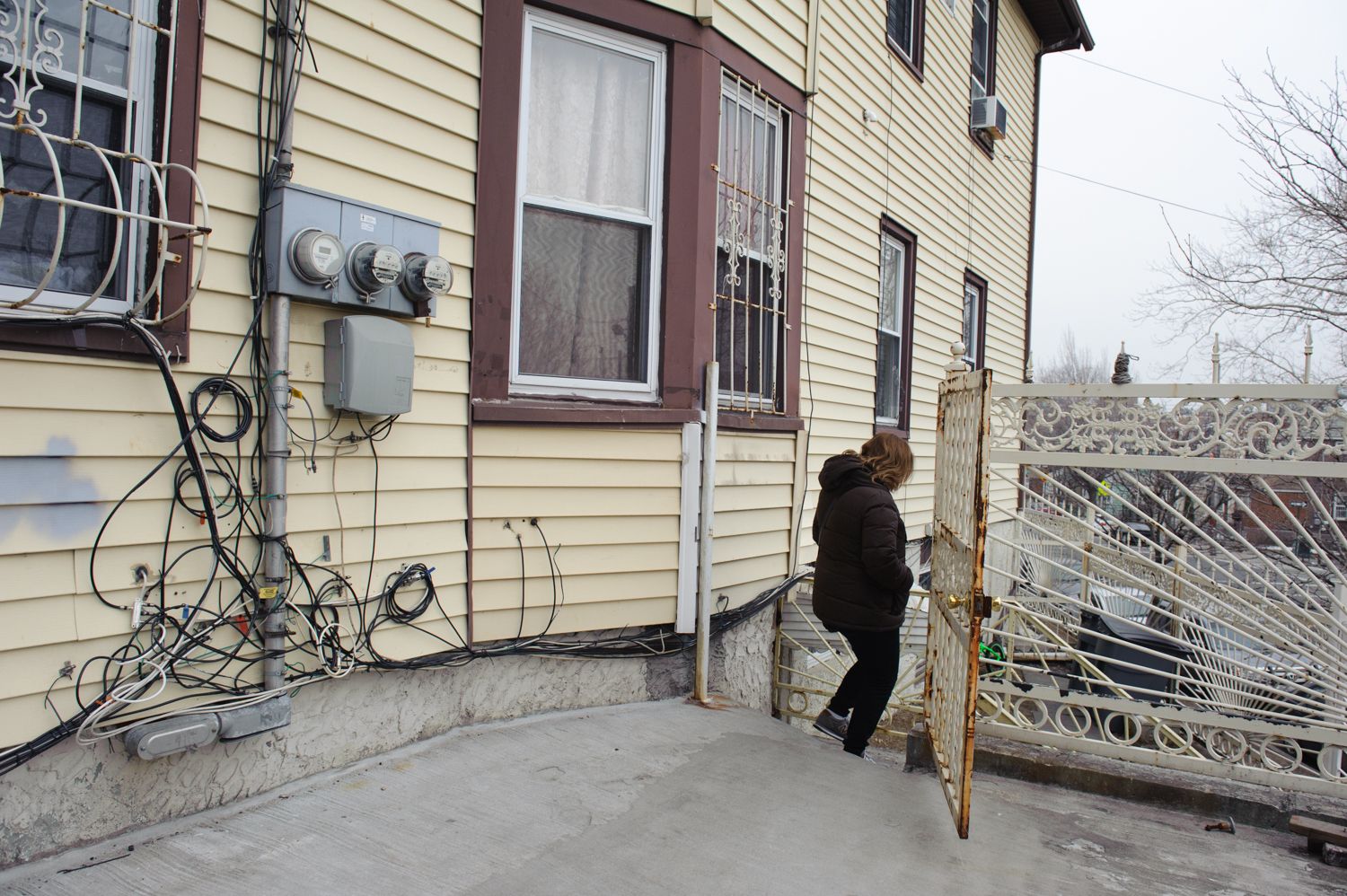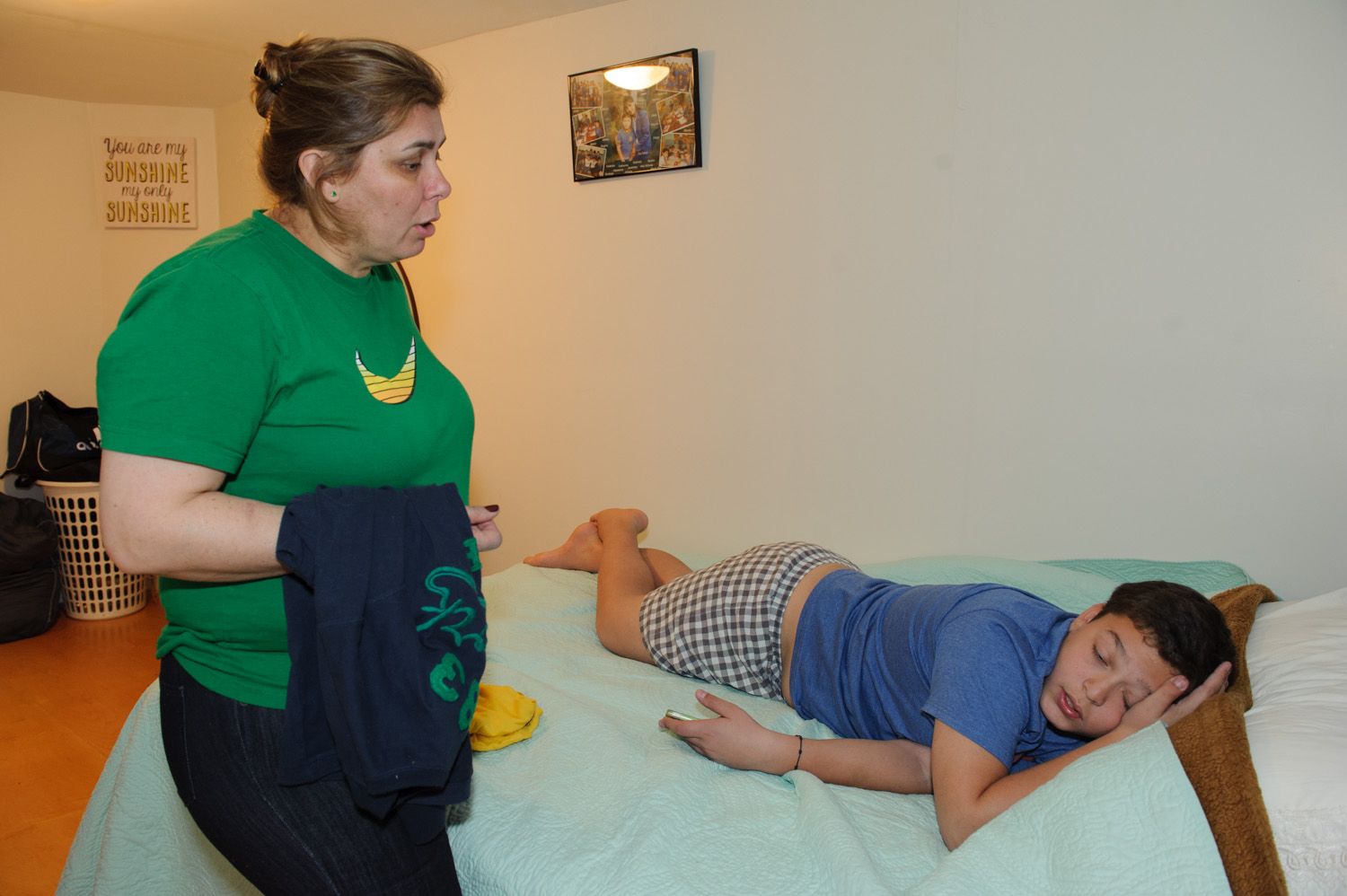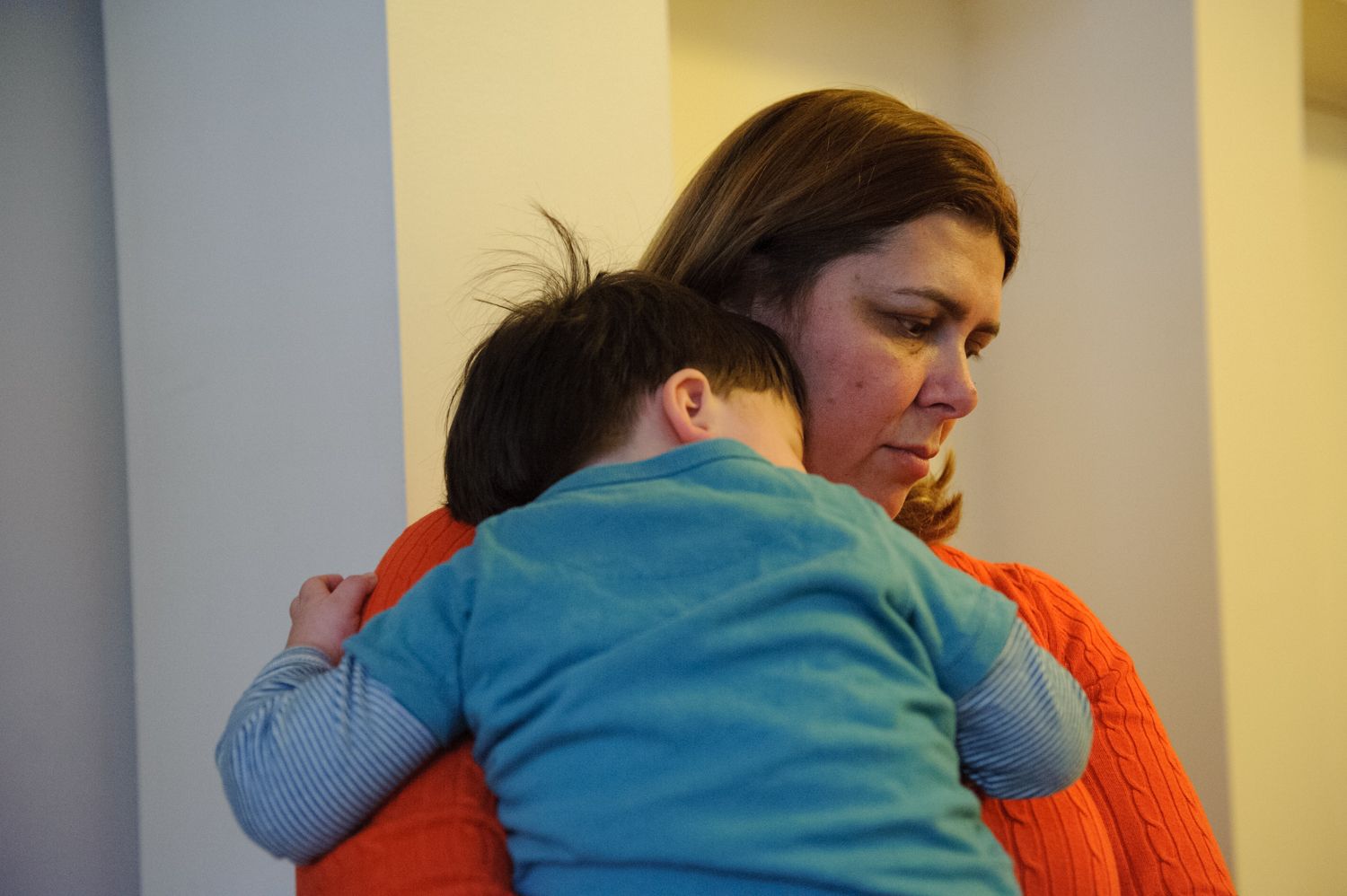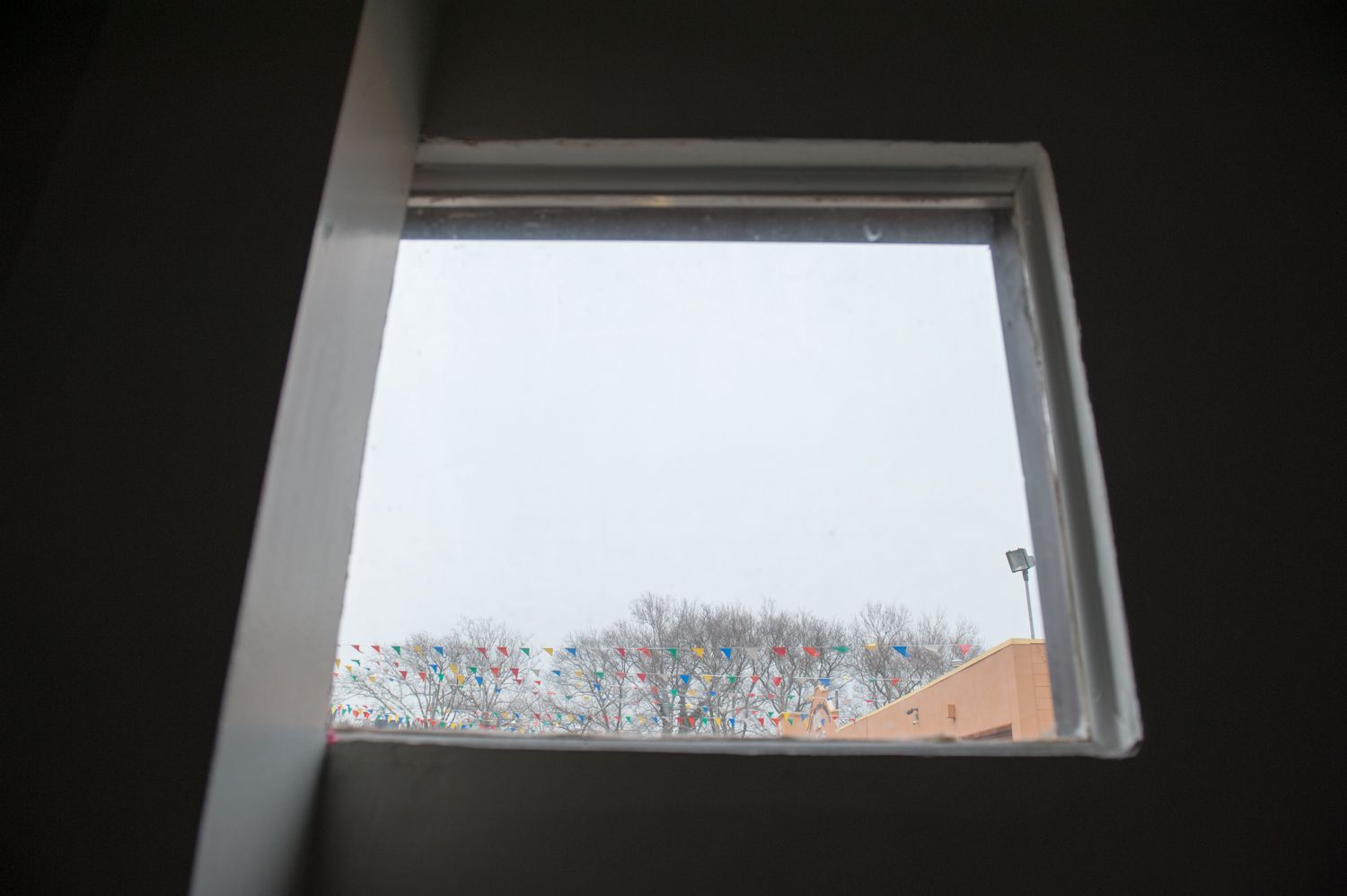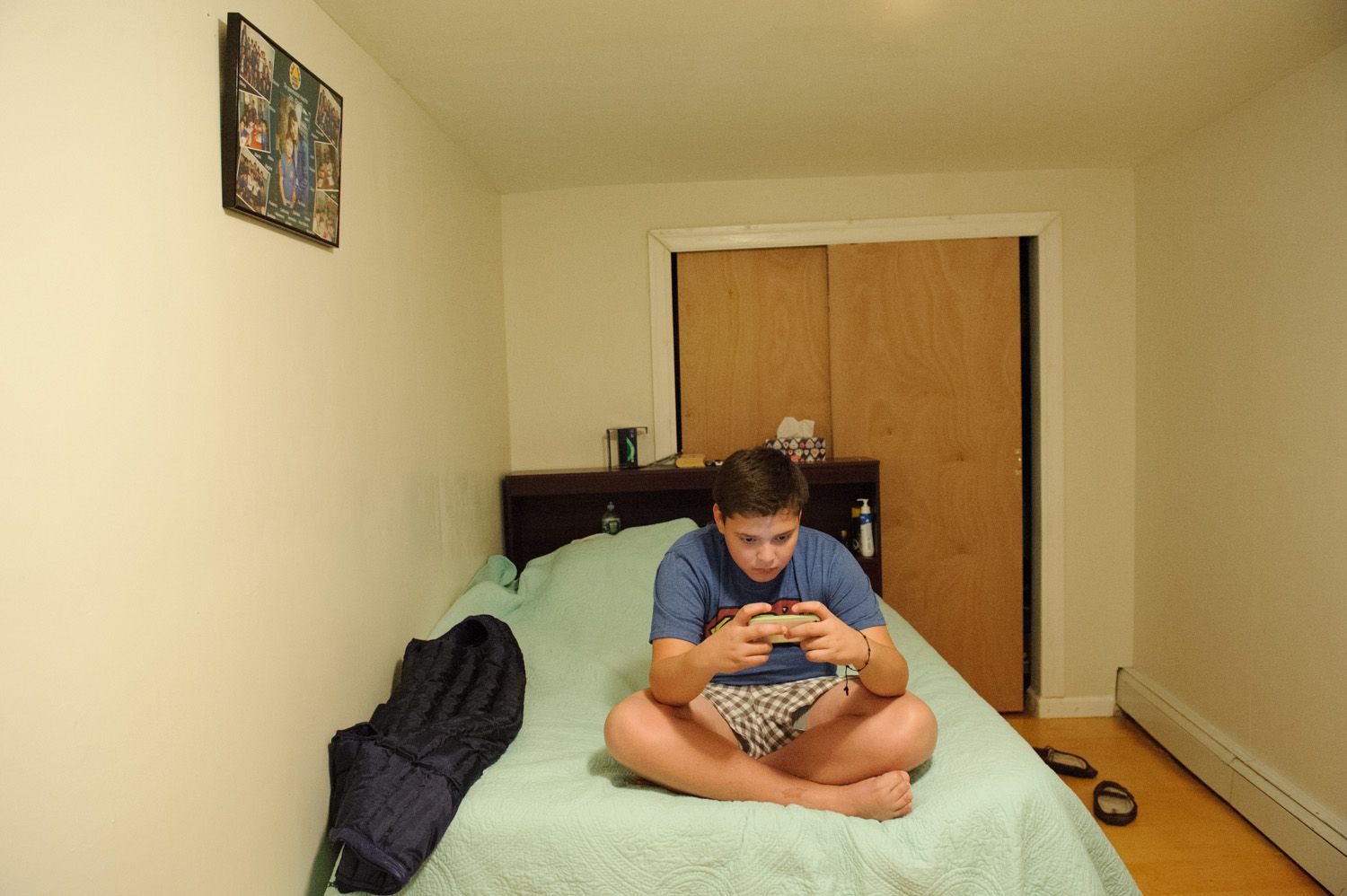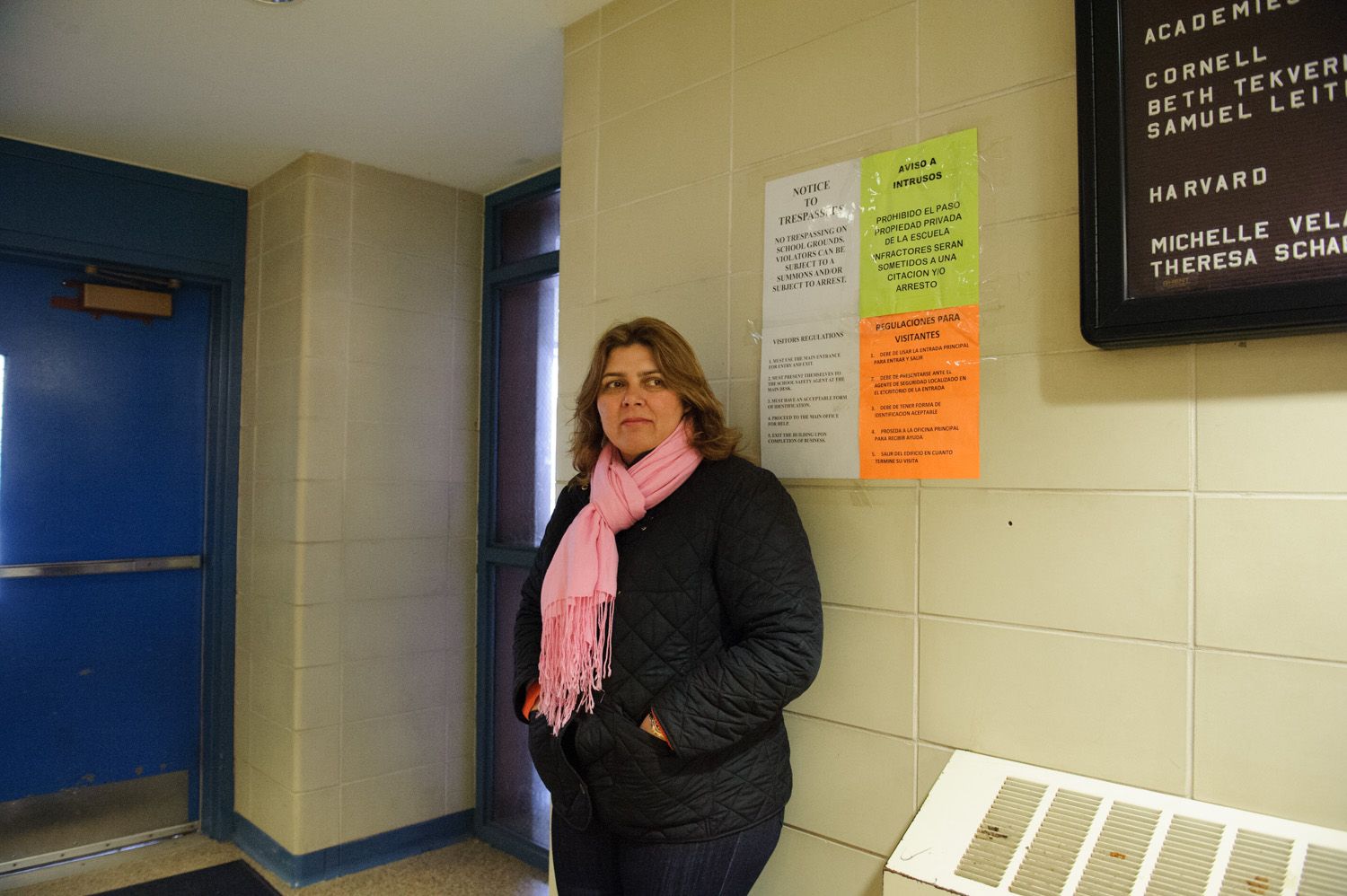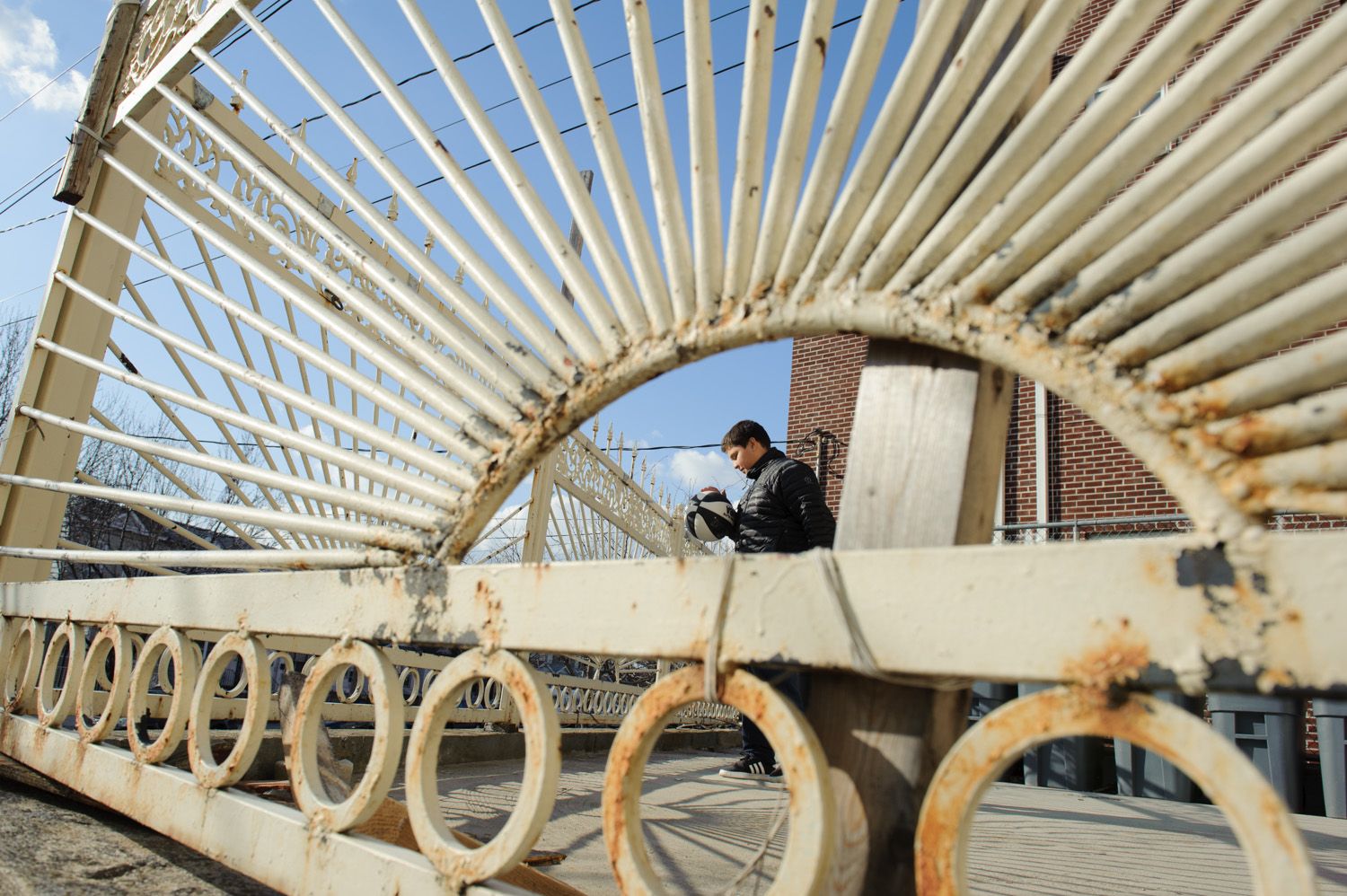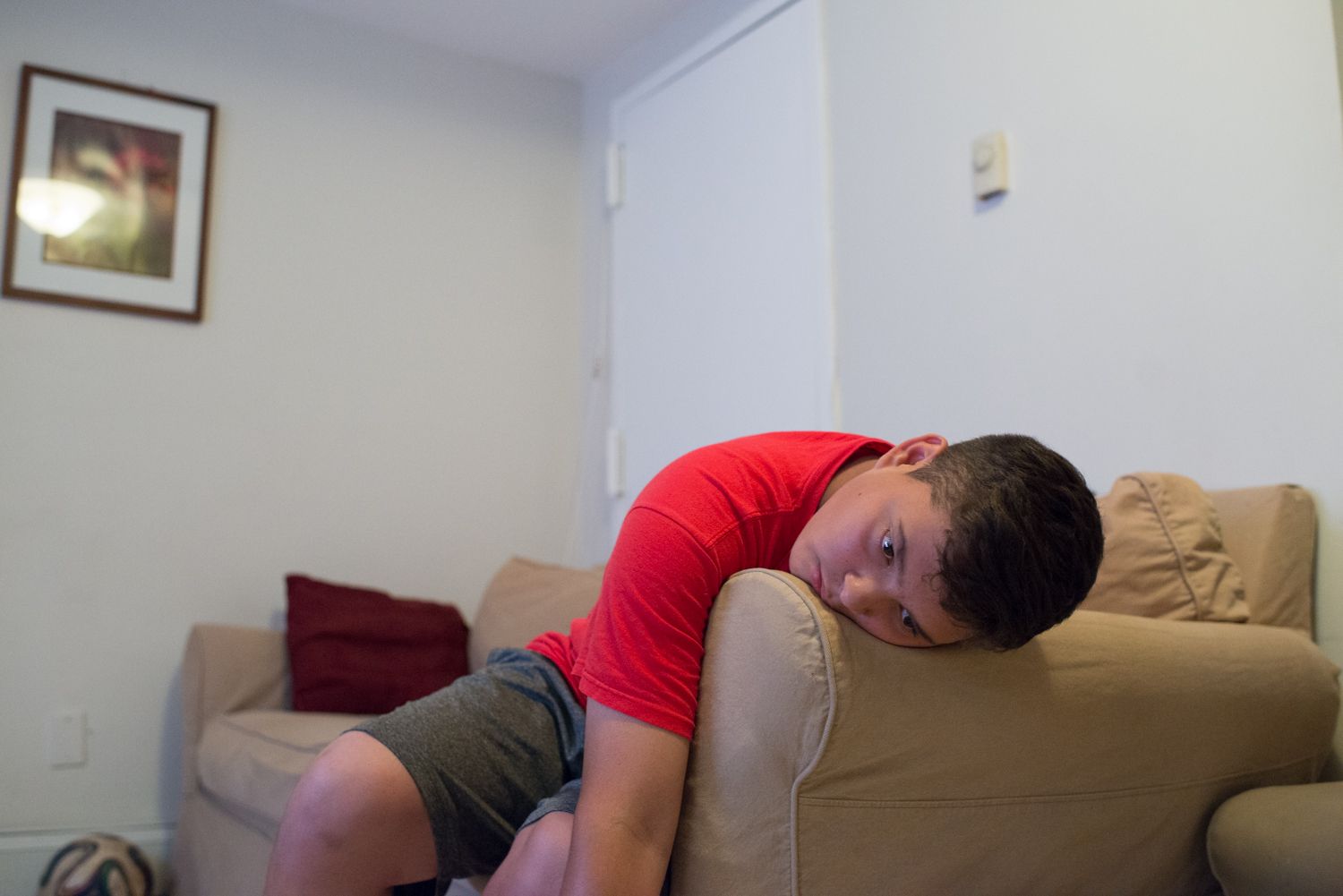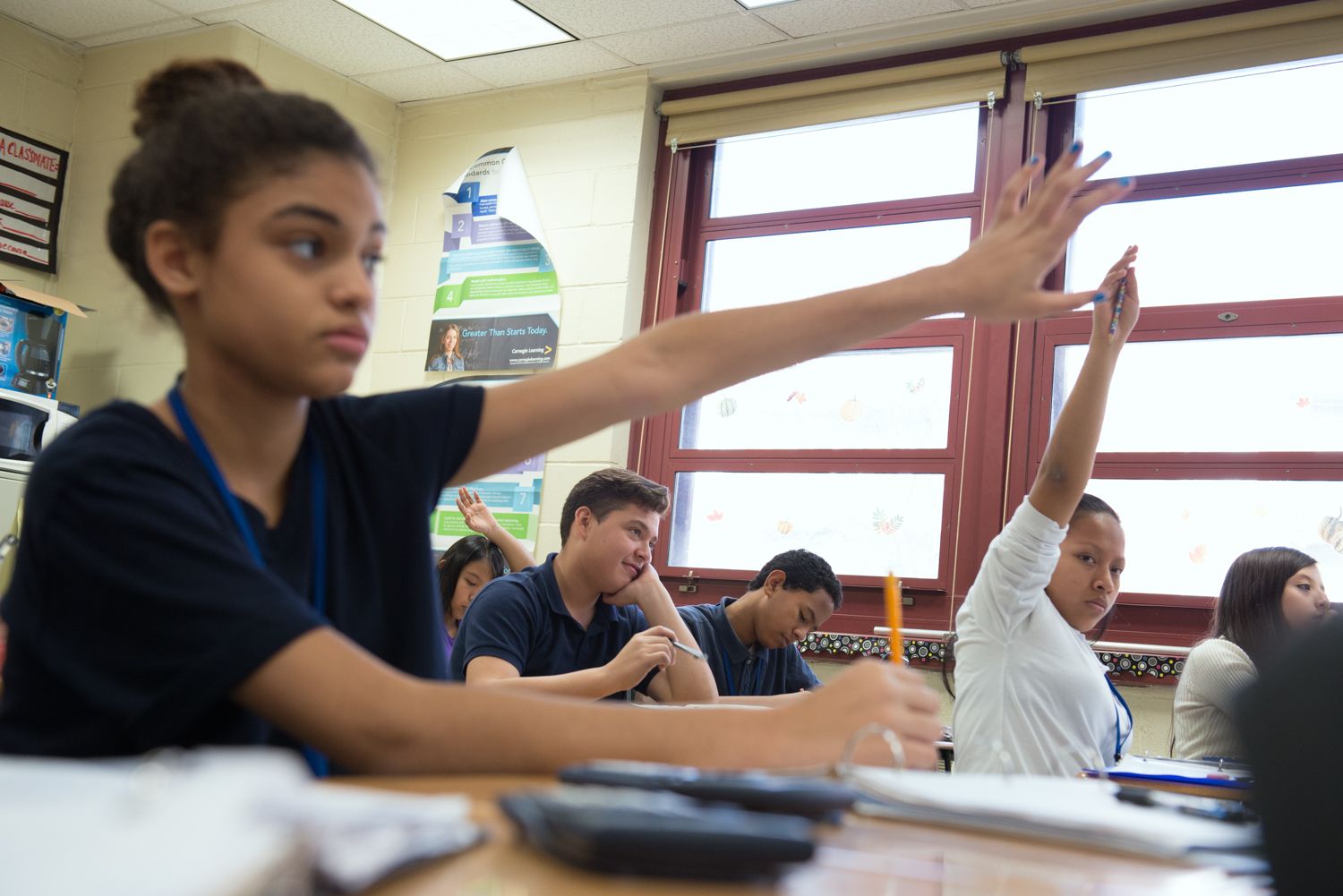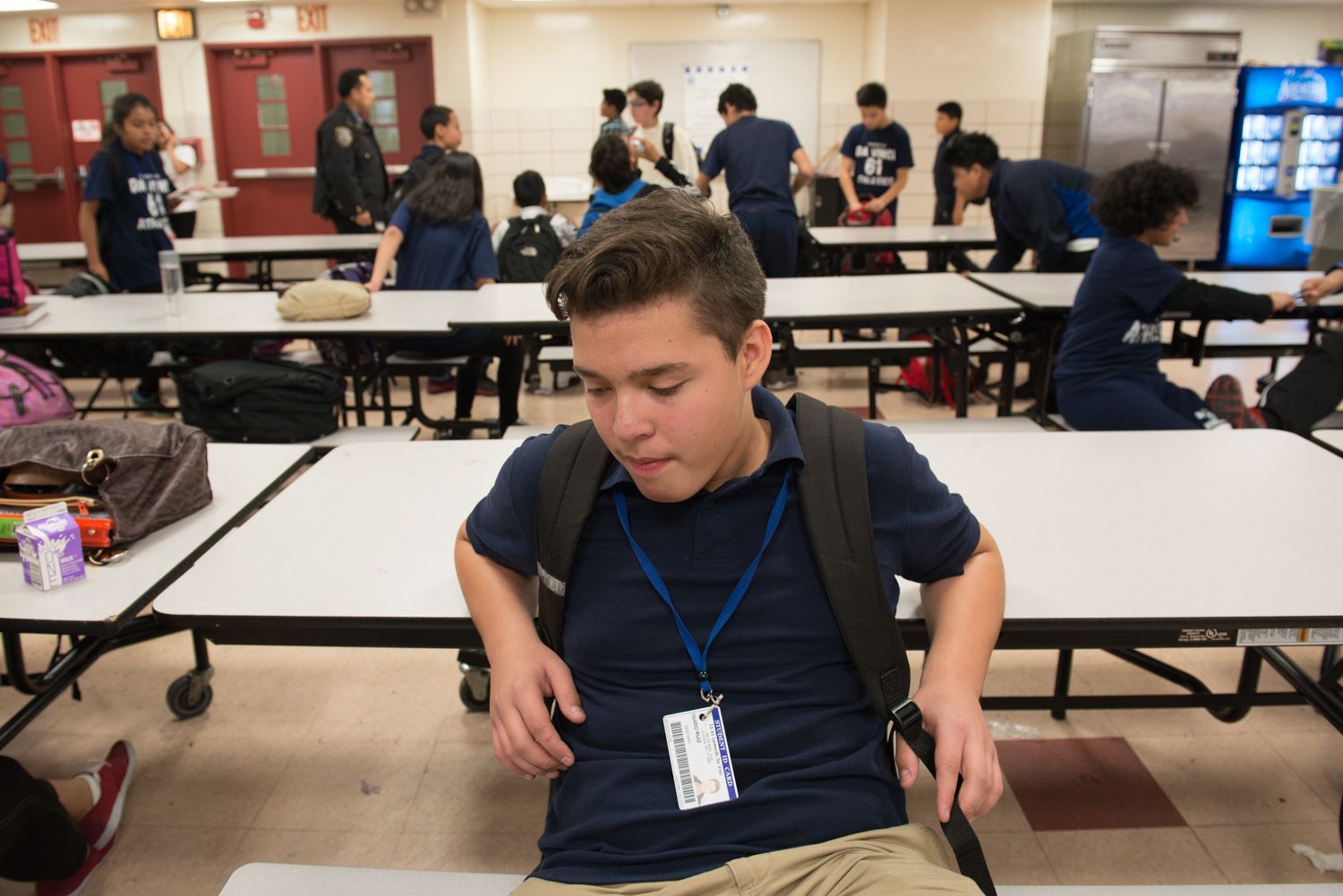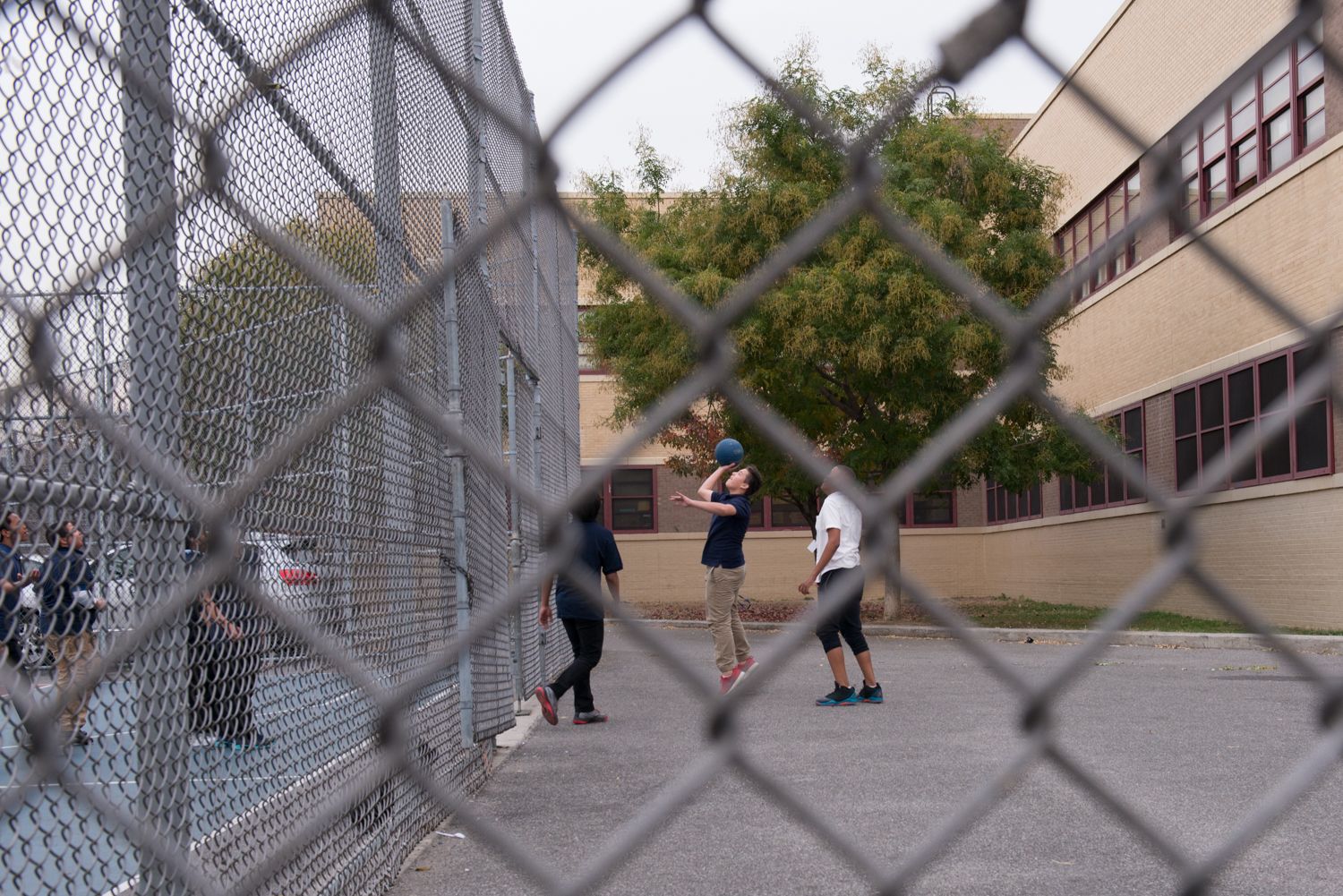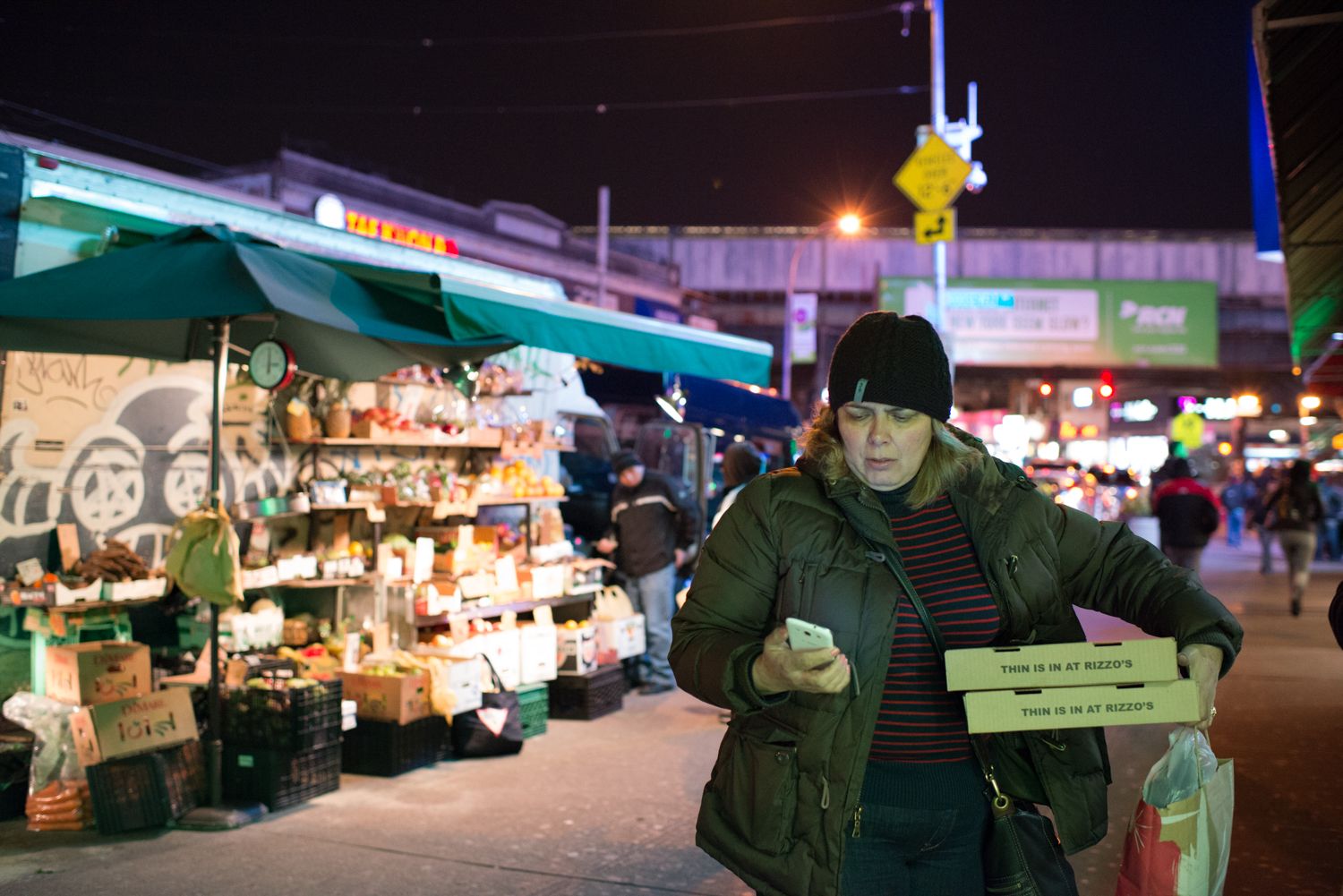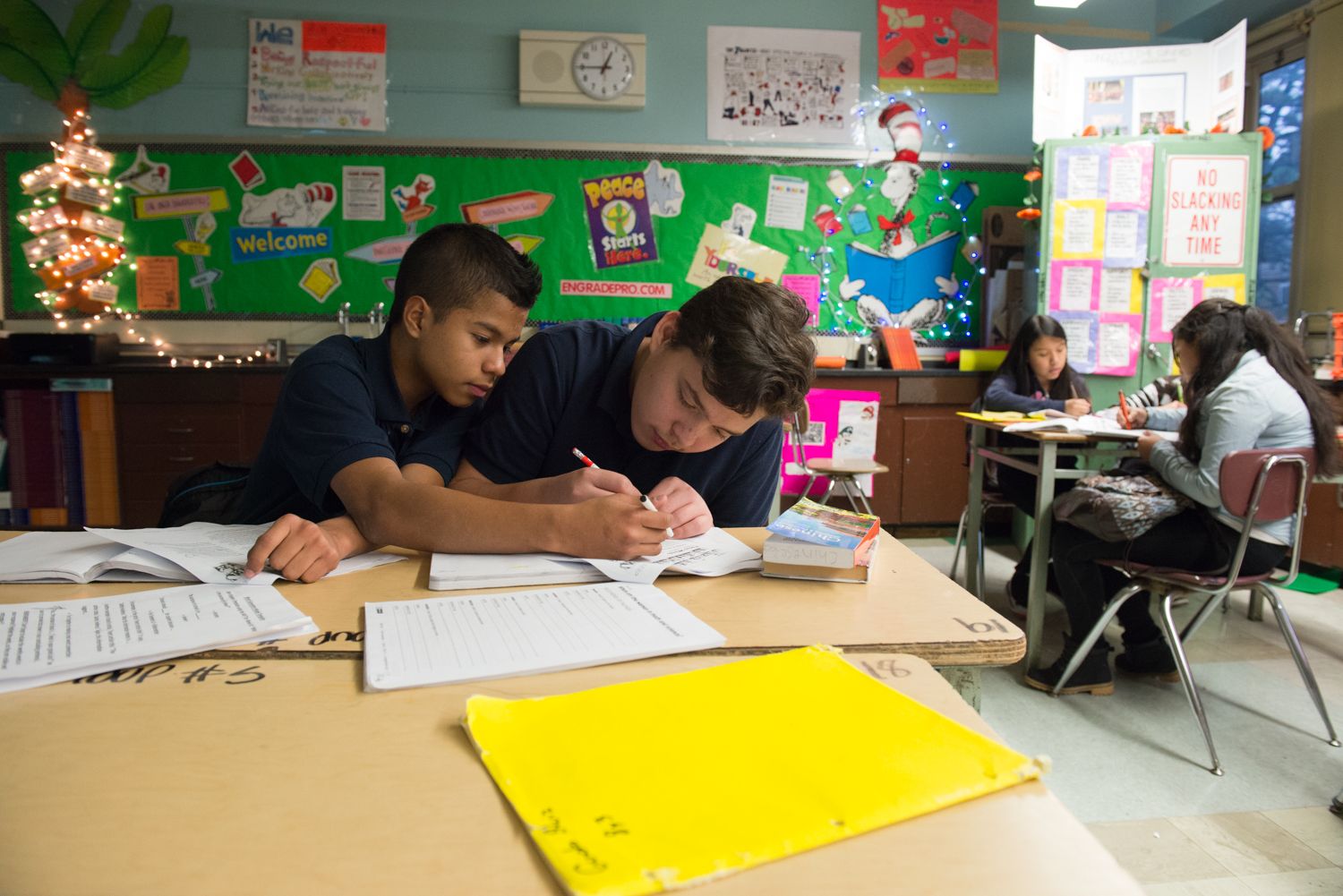Listen to "How an Immigrant From Paraguay Reunited with Her Son" (Resource 1) as a class. (10 minutes)
Take notes while you listen. You will probably have more than one answer to each question:
- Who are the characters in the story?
- Where does the story take place?
- When did it happen?
- What happened to the characters?
- Why did it happen?
Next, write down three questions you still have about the story you heard. They could be questions about the characters, events, context or something else.
Now look at the photo essay "From Paraguay to New York City: Class Struggles" (Resource 2) as a group. (15 minutes)
Looking at photo number six, you’ll make observations about the photograph that will help you understand its meaning. You’ll be like a detective, collecting visual evidence. (Teacher, ask the class these open-ended questions. Follow up on student observations with further open-ended questions, but try to push the students to look more deeply and back up their ideas with visual evidence rather than offering your own opinion.) What do you see in the photo? What is happening? What do you see that makes you say that? What else do you see? What does this photograph tell us about Blanca and Guido’s relationship? How does it show that?
Now choose another photograph from the series to discuss as a class. Answer the same open-ended questions: What do you see in the photo? What is happening? What do you see that makes you say that? What else do you see?
When a photographer takes a picture, she has thousands of moments and objects to choose from. She could photograph the sky, an embrace, a close-up, a wide shot, a smile, a frown. But she chose this one to tell this story. How does this photograph’s use of color communicate a feeling or idea? How about its shapes (composition)? Background? Movement? Does the photo remind you of anything in your own life, or things you’ve seen?
Turn and talk to a partner. (10 minutes)
Thinking back to the radio piece you heard, what would you photograph if you were telling the story of Blanca and Guido? Where would they be? What would they be doing? Why would you choose that moment? Make a sketch of the photograph you would’ve taken (it doesn’t need to be an amazing drawing, it just needs to communicate your idea).
Class Discussion (10 minutes)
What kind of information (factual, emotional, contextual) did you get from the radio piece vs. the photo essay? How did they affect you differently? Did you prefer one? Why? Were they useful together?
Extension Activity:
You will edit and sequence a photo essay to accompany the radio piece.
Working with a partner or small group, start by choosing 5-10 of the photographs. Make sure that they tell different aspects of the story. Try choosing varied distances, color, composition and settings to tell the full story in an engaging way.
Now choose a beginning photo: think of this as the introduction to an essay.
Next choose an ending photo: like an essay’s conclusion.
Finally, put the remaining photos in order to tell the story. Think about varying the distances, the colors, gestures and characters in the story you are telling.
Listen to the radio piece again. Decide which photos should appear at which times during the audio piece to make a complete multimedia presentation. How does seeing a story feel different from listening to it? How can the photographs add to the audio piece without simply repeating the information it gives? How did your sequence differ from those of the other groups?
Alternate Extension Activity:
Choose a news story and decide which current events theme it connects to. Make a documentary photo essay about that theme as it affects your community.
This lesson guides students through closely observing photographs, making inferences about the images’ meanings defended by visual evidence. Teachers lead this activity by asking open-ended questions. Visual Thinking Strategies has sample videos that can help educators ask open-ended questions to build visual literacy, as does the Responsive Classroom.
Materials:
- Computer
- Internet access
- Projector
- Paper
- Pens/pencils
- Print outs of photographs from photo essay (for extension activity)
